2,4-Piperadinedione
Synonym(s):2,4-Diketopiperidine;2,4-Dioxopiperidine
- CAS NO.:50607-30-2
- Empirical Formula: C5H7NO2
- Molecular Weight: 113.11
- MDL number: MFCD08704814
- EINECS: 803-771-9
- SAFETY DATA SHEET (SDS)
- Update Date: 2024-09-13 19:17:52

What is 2,4-Piperadinedione?
Description
2,4-Piperidinedione is an important piperidine ring-containing intermediate, and its 2,4-piperidinedione, as a characteristic fragment, is widely used as an intermediate in the synthesis of ibrutinib and paliperidone drugs.
Chemical properties
White to light yellow solid
The Uses of 2,4-Piperadinedione
2,4-Piperidinedione is a reactant in the synthesis of 1,4-dihydropyridines as TGFβ/Smad inhibitors.
Preparation
The synthesis of 2,4-Piperidinedione involved dissolving 400 mg (2.34 mmol, 1.00 eq.) of Methyl 2,4-dioxo-piperidine-3-carboxylate in a mixture of acetonitrile (20 mL) and water (0.2 mL). The solution was then heated to approximately 86° C. and maintained at this temperature for around 4 hours. After completion of the reaction, the solvent was removed under vacuum, leaving behind a residue of 2,4-Piperidinedione. This residue was further purified using silica gel column chromatography with a mobile phase consisting of dichloromethane and methanol in a ratio of 100:1. The target product, 2,4-Piperidinedione, was obtained as a white solid, with a yield of 27%, corresponding to 70 mg.
Properties of 2,4-Piperadinedione
| Melting point: | 98.0 to 102.0 °C |
| Boiling point: | 362.1±35.0 °C(Predicted) |
| Density | 1.184±0.06 g/cm3(Predicted) |
| storage temp. | under inert gas (nitrogen or Argon) at 2-8°C |
| form | powder to crystal |
| pka | 12.00±0.70(Predicted) |
| color | White to Orange to Green |
Safety information for 2,4-Piperadinedione
| Signal word | Warning |
| Pictogram(s) |
 Exclamation Mark Irritant GHS07 |
| GHS Hazard Statements |
H302:Acute toxicity,oral H315:Skin corrosion/irritation H317:Sensitisation, Skin H319:Serious eye damage/eye irritation H335:Specific target organ toxicity, single exposure;Respiratory tract irritation |
| Precautionary Statement Codes |
P280:Wear protective gloves/protective clothing/eye protection/face protection. P302+P352:IF ON SKIN: wash with plenty of soap and water. P305+P351+P338:IF IN EYES: Rinse cautiously with water for several minutes. Remove contact lenses, if present and easy to do. Continuerinsing. |
Computed Descriptors for 2,4-Piperadinedione
| InChIKey | RDNZDMDLRIQQAX-UHFFFAOYSA-N |
2,4-Piperadinedione manufacturer
JSK Chemicals
ANAXLABORATORIES PRIVATE LIMITED
New Products
(S)-3-Aminobutanenitrile hydrochloride 4-Methylphenylacetic acid N-Boc-D-alaninol N-BOC-D/L-ALANINOL Tert-butyl bis(2-chloroethyl)carbamate 3-Morpholino-1-(4-nitrophenyl)-5,6-dihydropyridin- 2(1H)-one Furan-2,5-Dicarboxylic Acid Tropic acid 1-Bromo-3,5-Di-Tert-Butylbenzene S-2-CHLORO PROPIONIC ACID ETHYL ISOCYANOACETATE 2-Bromo-1,3-Bis(Dimethylamino)Trimethinium Hexafluorophosphate 4-IODO BENZOIC ACID 3-NITRO-2-METHYL ANILINE 1-(2,4-DICHLOROPHENYL) ETHANAMINE (2-Hydroxyphenyl)acetonitrile 4-Bromopyrazole 2-(Cyanocyclohexyl)acetic acid 4-methoxy-3,5-dinitropyridine 1-(4-(aminomethyl)benzyl)urea hydrochloride 2-aminopropyl benzoate hydrochloride diethyl 2-(2-((tertbutoxycarbonyl)amino) ethyl)malonate tert-butyl 4- (ureidomethyl)benzylcarbamate Ethyl-2-chloro((4-methoxyphenyl)hydrazono)acetateRelated products of tetrahydrofuran
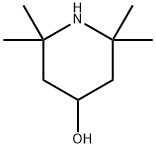
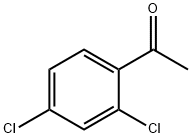
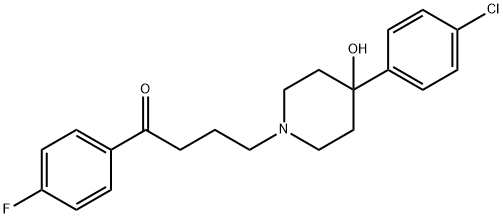

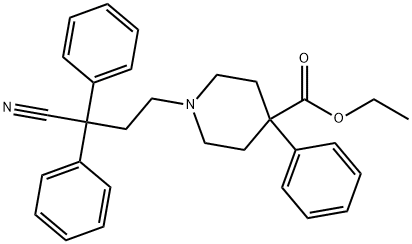
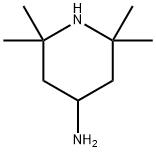


You may like
-
 50607-30-2 2,4-Piperidinedione, 98% 99%View Details
50607-30-2 2,4-Piperidinedione, 98% 99%View Details
50607-30-2 -
 50607-30-2 98%View Details
50607-30-2 98%View Details
50607-30-2 -
 2,4-Piperidinedione CAS 50607-30-2View Details
2,4-Piperidinedione CAS 50607-30-2View Details
50607-30-2 -
 2,4-Piperidinedione CAS 50607-30-2View Details
2,4-Piperidinedione CAS 50607-30-2View Details
50607-30-2 -
 1975-50-4 98%View Details
1975-50-4 98%View Details
1975-50-4 -
 2-HYDROXY BENZYL ALCOHOL 98%View Details
2-HYDROXY BENZYL ALCOHOL 98%View Details
90-01-7 -
 14714-50-2 (2-Hydroxyphenyl)acetonitrile 98+View Details
14714-50-2 (2-Hydroxyphenyl)acetonitrile 98+View Details
14714-50-2 -
 118753-70-1 98+View Details
118753-70-1 98+View Details
118753-70-1